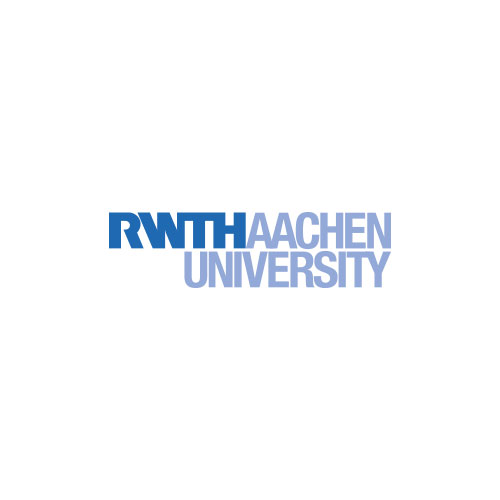Rebekka Schneider-Kramann Secures ERC Consolidator Grant at RWTH Aachen
The Director of the Institute of Cell and Tumor Biology is being funded by the European Research Council for her research into fibrosis in the bone marrow and into the treatment of blood cancer.
Rebekka Schneider-Kramann, Professor of Cell Biology at RWTH Aachen University and Director of the Institute of Cell and Tumor Biology at Uniklinik RWTH Aachen, has now been awarded an ERC Consolidator Grant by the European Research Council for her research on fibrosis. Schneider-Kramann wants to fight fibrosis in the bone marrow with her successful research proposal “RewindMF”.
The prestigious funding program of the European Research Council supports scientists in the consolidating phase of their research work. To be eligible for funding, the research topic must be groundbreaking, ambitious, and feasible. Professor Schneider-Kramann is now being funded with almost two million euros for a period of five years. This is the second time that she has received ERC funding. She had previously succeeded in acquiring an ERC Starting Grant at the Erasmus Medical Center Rotterdam.
Schneider-Kramann and her team want to use innovative methods that she has established to find ways to prevent fibrosis from spreading uncontrollably and to develop therapeutic approaches to reverse the effects of fibrosis. This is because it was previously thought that scarring in organs could not be reversed. Fibrosis is the term used by doctors to describe massive scarring of organs. The problem: Fibrosis gradually leads to the loss of organ function and is therefore very harmful to human health.
Focus on the bone marrow
The scientist is focusing on bone marrow in the funded project. In this case, blood cancer can lead to massive fibrosis in the bone marrow, which affects the entire blood formation process. To date, fibrosis can only be treated with bone marrow transplantation, but this therapy cannot be used in many patients because they are already too severely ill for aggressive treatment with high-dose chemotherapy and the administration of donor bone marrow. And even if the treatment is successful, it is still possible that the donated bone marrow might not grow well in the bone.
Schneider-Kramann and her team want to understand which patients will benefit from a bone marrow transplant. To this end, she will compare many samples in her laboratory, the Schneider Lab, from patients in the course of therapy, both those in whom the therapy is effective and in whom it is not. The bone marrow biopsies are then characterized down to the smallest detail at single cell level with spatial resolution. This allows both the cancer and the fibrosis to be visualized in high resolution, which is of great importance for diagnosis and treatment. “If we can understand how cancer cells deregulate the stem cells that cause fibrosis, then we can counteract fibrosis,” says Schneider-Kramann. “Our dream is to use therapy to treat fibrosis in such a way that it regresses and patients no longer need a bone marrow donation.”

